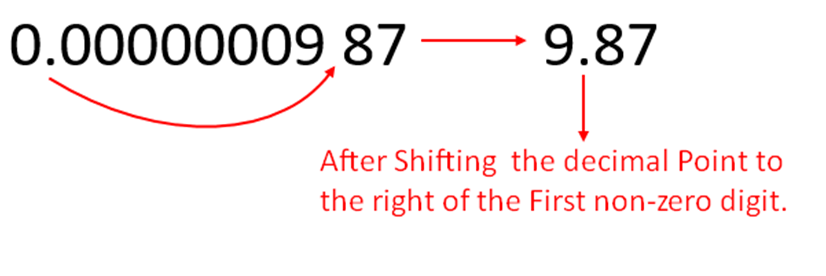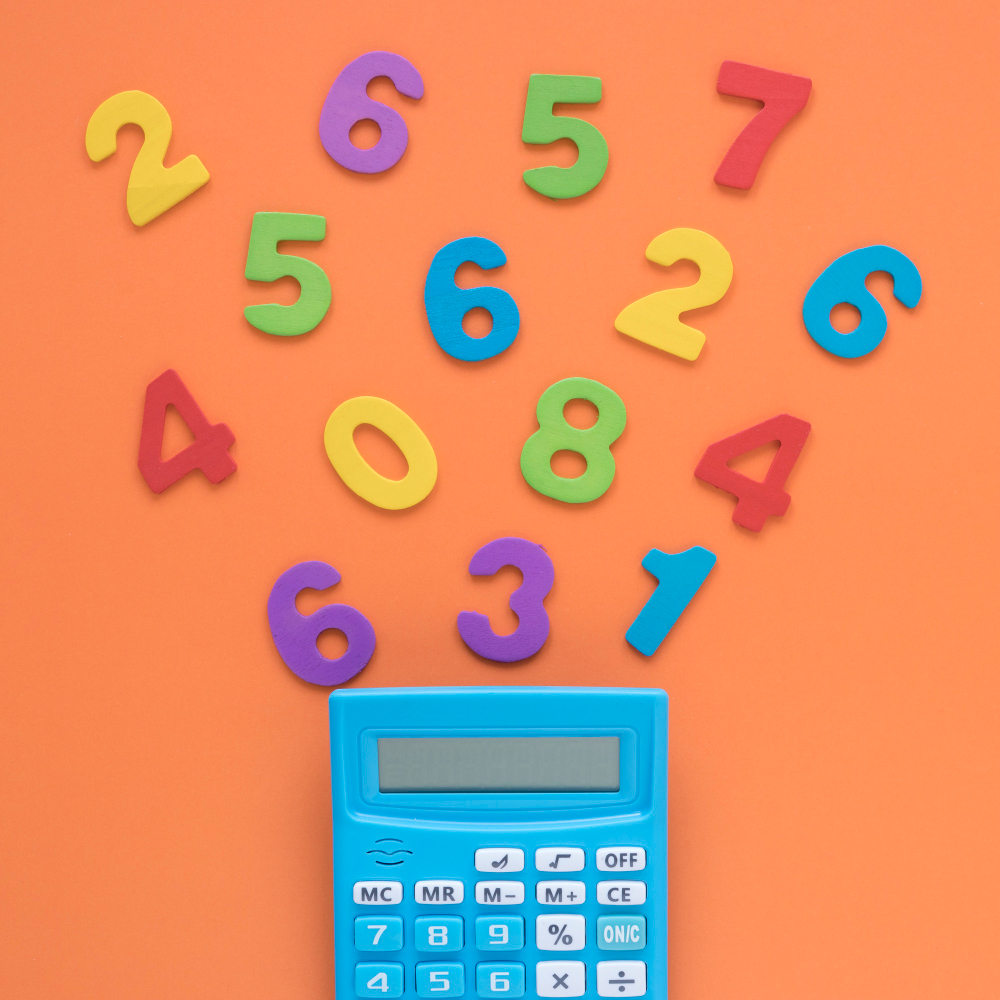Standard Form of a Number – Definition, Steps, & Examples
Numbers serve as the building blocks for mathematics. Sometimes numbers are very large or small, and there is always a possibility of error in writing or reading such numbers. The standard form helps reduce this risk of error and makes the number easy to write and read. Calculations are also much easier with this form compared to working with a number with multiple place values.
In the United States and UK, the standard form of a number is called scientific notation. Standard form is frequently used in science and mathematics to represent exceedingly large or exceedingly small numbers concisely. This simplified notation is particularly useful for expressing the size of an atom, the diameter of the Earth, or many other measurements like this one.
In this article, we will explore the definition of the standard form and learn how to write any number in standard form through examples.
What is Standard Form?
The Standard Form of a number is a way to write very large or very small numbers in a concise form using powers of 10. Mathematically, a number in Standard Form is written as
A × 10n
Where:
- A is any number between 1 and 10 (i.e. 1 ≤ A < 10).
- n indicates how many places the decimal point should be moved to the left or right to get the original number
Standard Form is commonly used in mathematics, physics, astronomy, chemistry, and other scientific fields to express larger and smaller measurements in concise form.
Examples:
The number 3,600,000 in Standard Form is 3.6 × 106, while the number 0.000085 in the Standard Form is 8.5 × 10-5.
How to write the Numbers in Standard Form?
The procedure to write the number in standard form is given below:
- Write down the first left digit from the given value.
- Put a decimal point on the right side after the first digit.
- Count the number of digits after the first number in the given value and express it as a power 10.
Consider an example to understand the above steps.
Example: Express a number 78,000,000 in standard form.
Step 1: Write the first digit from the given number that is 7.
Step 2: Place a point on the right after the first digit. ‘i.e. 7.’
Step 3: Count the number of digits after the first digit. Here are 7 digits after 7. Write 7 on the power of 10.
Thus, the Standard form of the number 78,000,000 is 7.8 x 107.
How to write the Decimal Numbers in Standard Form?
Follow the following steps to write any decimal number in standard form.
- Write down the first left non-zero digit.
- Count the number of places the decimal point needs to be shifted to the left or right to reach the first non-zero digit. This number will be n.
- n will be positive if the decimal point is shifted to the left.
- n will be negative when the decimal point is moved to the right.
- n = 0 if the decimal point is already placed after the first non-zero digit and it does not need to be shifted.
- Write this number (n) in the power of 10.
- Remove all preceding or following zeroes from the given number.
To understand these points clearly, look at the following example.
Example: Convert the number 0.00482 into the standard form.
Step 1: The first non-zero digit from the given value is 4.
Step 2: To reach the first non-zero digit (4), the decimal point needs to be shifted 3 places to the right. So, n = -3.
Step 3: Write -3 in the power of 10.
Step 4: Remove all remaining zeros to the left of the decimal point.
Thus, the number 0.00482 in standard form is 4.82 x 10-3.
How to Convert Standard Form into ordinary form?
Converting numbers from standard form to ordinary numbers is the inverse process of writing numbers in scientific notation. The following steps are necessary to convert the standard form into ordinary or usual form.
- Identify the coefficient (A) and exponent (n) in the standard form.
- Move the decimal point ‘n’ places in the appropriate direction. If ‘n’ is positive, shift the decimal point to the right. If ‘n’ is negative, shift the decimal point to the left.
- If needed, add zeroes to fill in any empty spaces after moving the decimal point.
Let’s understand these steps through an example.
Example: Convert the scientific notation 4.2 x 104 into ordinary form.
Step 1: The coefficient (A) is 4.2 and the exponent (n) is 4 in this example.
Step 2: The exponent is positive 4 that indicates the decimal point needs to be shifted four places to the right.
Step 3: Three zeroes will be required here to fill in empty spaces after moving the decimal point.
Thus, the ordinary form of scientific notation 4.2 x 104 is 42000.
Solved Examples on Standard Form
Below are a few examples to understand this concept accurately.
Example 1:
Write the number 0.0000000987 in Standard Form.
Solution:
Step 1: identify the first non-zero digit from the left and write it down.
Here the first non-zero digit from the left is 9.
Step 2: Observe how many numbers of places the decimal point needs to be shifted to reach the first non-zero digit.

Step 3:A decimal point needs to be shifted 8 places to the right side. Thus, n = – 8.
Step 3: Write – 8 in the power of 10 and remove all remaining zeros to the left of the decimal point.
Thus, the number 0.0000000987 in standard form is 9.87 x 10-8.
Example 2:
Write the standard form 0.2x 10-5 in ordinary form.
Solution:
Step 1: Identify the coefficient and exponent from the given standard form.
Here,
Coefficient = A = 0.2
Exponent = n = – 5
Step 2: The exponent is negative 5 so the decimal point needs to be shifted five places to the left.
Step 3: Four zeroes will be required in this example to fill in empty spaces after moving the decimal point.
Therefore, the ordinary form of scientific notation 0.2x 10-5is 0.00002
Conclusion
In this article, we have learned about the standard form of a number that offers a concise form for expressing extremely large or very small values. We explained the step-by-step process of converting standard form and their reverse transformations. In the example section, we provided more examples for our readers to enhance their understanding of the standard form.
Also Read: Does ACT Tutoring Actually Help? Yes!
